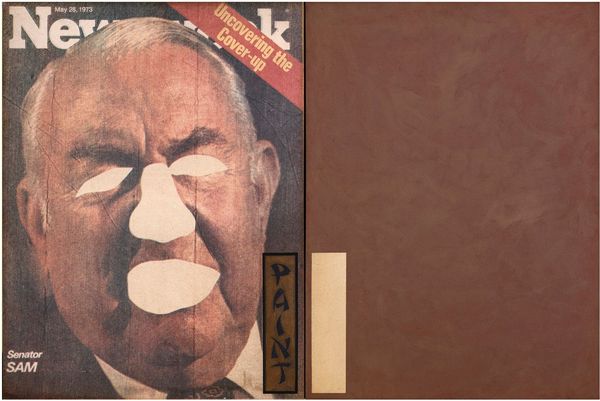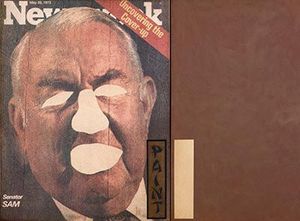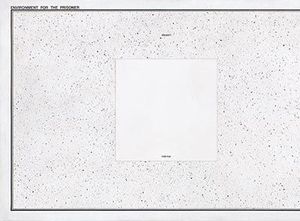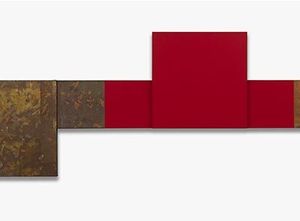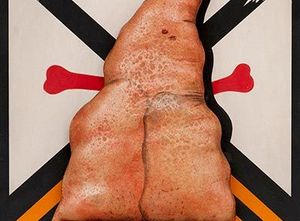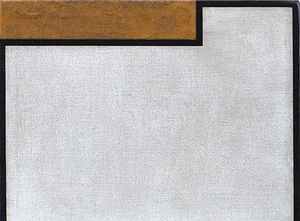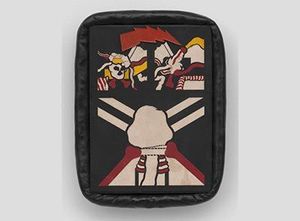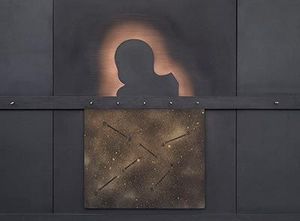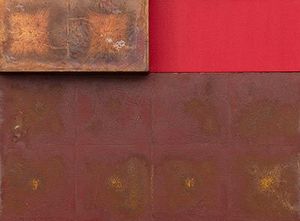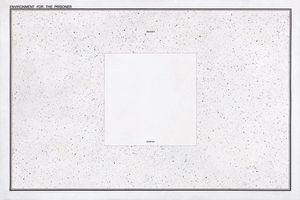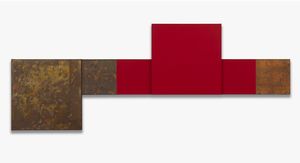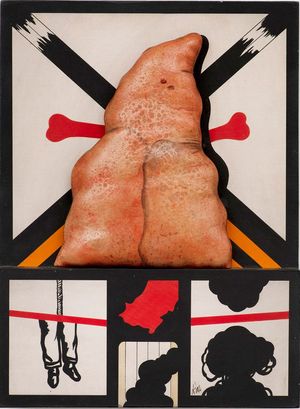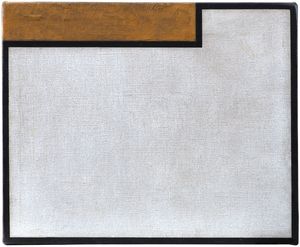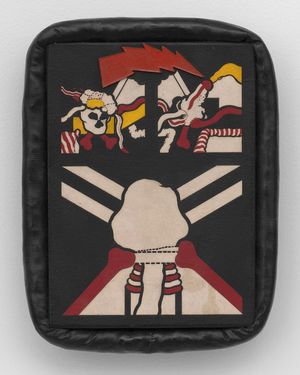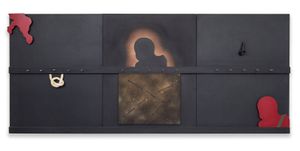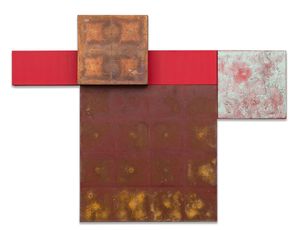Throughout a prolific career that spanned more than five decades, Antonio Dias created an artistic practice marked by radicalism, experimentalism and a keen perception of the artistic dilemmas of his time. He emerged in the Rio de Janeiro art scene in the 1960s, amidst the generation of artists linked to the Nova Objetividade Brasileira [New Brazilian Objectivity], which sought to overcome traditional art supports, and promoted artistic freedom and a critical analysis of reality. His work explores and often combines different media, such as drawing, painting, installation and object.
Dias learned to read through contact with comic books, attended engraving workshops with Oswaldo Goeldi, worked as a draughtsman for the Ministry of Health and was an illustrator for _Senhor _magazine. His education took place in the midst of various political and social upheavals, such as the emergence of a repressive regime, the modernization of the city and the confluence of heterogeneous cultural matrices in art. Dias and many artists of his generation worked with images from popular culture, television, newspapers and advertising, a fact that led some art critics to associate his production with the international currents of Pop Art and Nouveau réalisme, which are in fact insufficient to explain the complexity of his language.
His earliest works feature paintings divided up in the style of comic books, where actions unfold fragmented narratives that suggest plots of crime, death and violence, with human figures depicted as shadows, and shapes reminiscent of viscera and genitals. At the turn of the 1960s and 1970s, Antônio Dias moved from paintings and objects with a narrative character to a two-dimensional work, stripped of figurative elements and based on an exercise centered on the image-word relationship. The map and diagram images that Dias chose to work on issues such as territory, belonging and anonymity emerged in this phase. This production coincides with the beginning of his self-exile, a period in which he lived in Paris after receiving a scholarship from the French government for his participation in the 4th Paris Biennale.
Dias lived most of his life in Milan, also visiting New York in 1972, when he was awarded a Guggenheim Fellowship, until he settled permanently in Europe. Another outstanding phase in his career is the body of work he did during a trip to Nepal, where he researched local papermaking techniques, an experience that resulted in a famous set of woodcuts. He returned to Rio de Janeiro in 2010 and continued with his painting practice, characterized, in this late phase, by the support formed by planes of different sizes and colors, abandonment of figuration and greater attention to textures and chromatic combinations.
In his extensive career, he has received several awards and scholarships, and has taught at various institutions in Europe. He took part in the 39th Venice Biennale, several editions of the Biennale de Paris and the Bienal Internacional de São Paulo, which in its 34th edition featured an impressive set of his paintings from the 1970s. He has held solo exhibitions since 1962 and has had an intense international institutional presence throughout his career. His work is part of prestigious collections such as: The Museum of Modern Art - MoMA, New York; Daros Latinoamerica Collection, Zurich; Museum Ludwig, Cologne; Museo de Arte Latinoamericano de Buenos Aires, Buenos Aires; Museu de Arte Moderna de São Paulo - MAM SP, Museu de Arte Contemporânea da USP - MAC USP, Pinacoteca do Estado de São Paulo, Itaú Cultural, among others.
